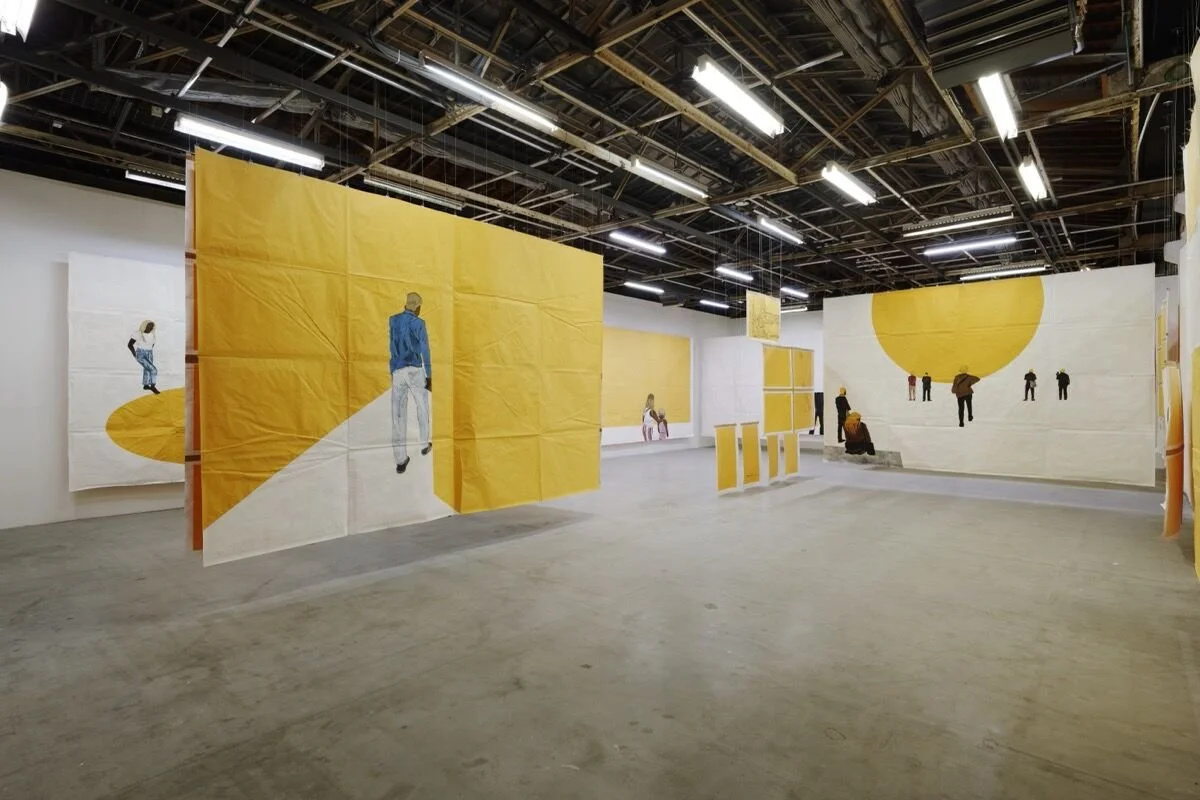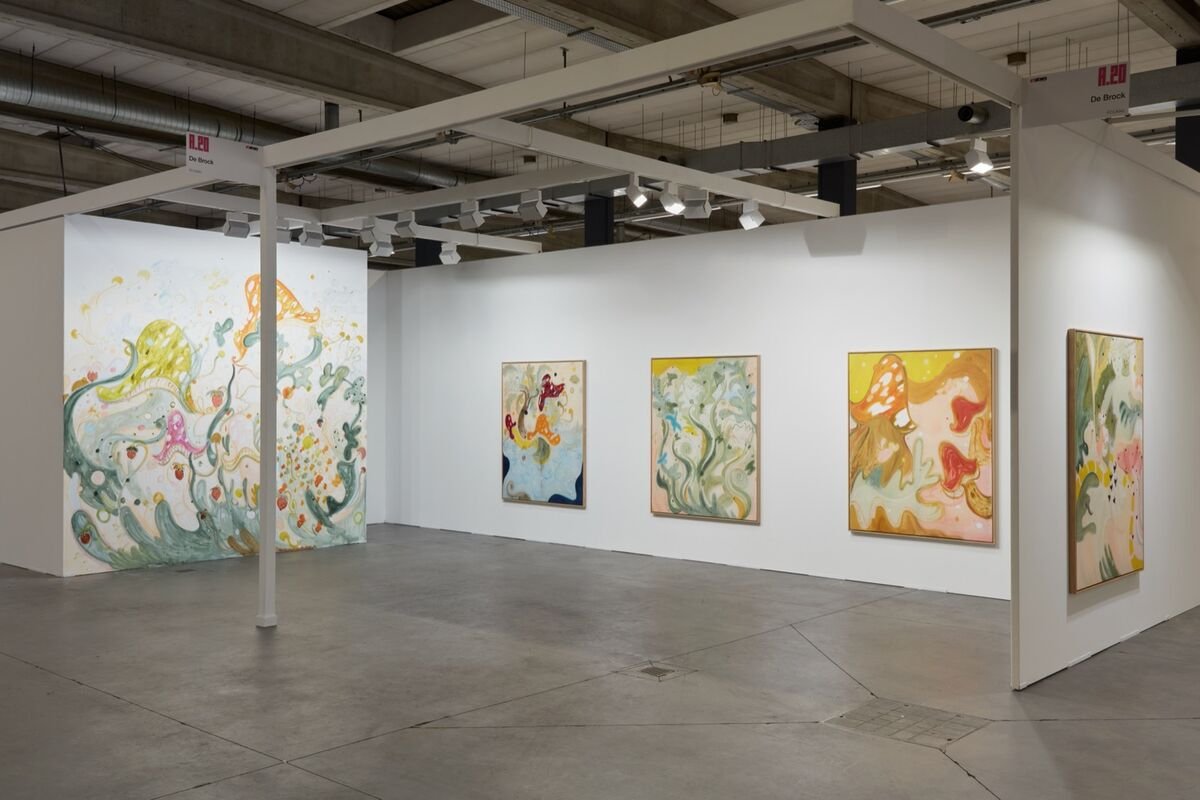Maxwell Alexandre’s Debut at Palais de Tokyo Considers Power Dynamics in Art Spaces
Maxwell Alexandre, installation view of “New Power” at Palais de Tokyo, 2021. Photo by Aurélien Mole. Courtesy of the artist and Palais de Tokyo, Paris.
Maxwell Alexandre’s exhibition “New Power,” currently on view at the Palais de Tokyo in Paris through March 20th, was inspired in part by the 2018 music video for “Apeshit” by Beyoncé and Jay-Z. The hip-hop couple’s triumphant traipsing through Europe’s most famous museum, the Louvre, reignited conversations about the sociology of museum visitors; the value and accessibility of culture; and above all, the tension between the museum’s pretentions of being a democratizing, educational space despite the troubled histories of colonialism and plunder that had built up its collections. The global resurgence of racism and xenophobia, exemplifed by the presidencies of Donald Trump in the United States and Jair Bolsonaro in Brazil, seemed to lend these concerns additional urgency.
It is in the crucible of this new global culture war that “New Power” was born. Consisting of large, loose sheets of paper, taped together and strung up throughout the high-ceilinged gallery in the north wing of the Palais de Tokyo’s lower level, the works transform a large open space into a sort of labyrinth. Overlapping and intersecting, the monumental surfaces form thin walls, at once delicate and impenetrable. The installation creates a compelling artistic metaphor for the barriers of structural discriminations (be they gendered, based on religion, or skin color). What the visitor seeks is often just out of reach or, at the very least, difficult to attain.



